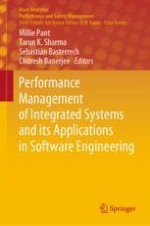2020 | OriginalPaper | Chapter
RC-Network and Comm-Network for Improvement of Research Collaboration and Communication Among Delhi University Teachers
Authors : Narender Kumar, Sapna Malhotra, Chitra Rajora, Ravins Dohare
Published in: Performance Management of Integrated Systems and its Applications in Software Engineering
Publisher: Springer Singapore
Activate our intelligent search to find suitable subject content or patents.
Select sections of text to find matching patents with Artificial Intelligence. powered by
Select sections of text to find additional relevant content using AI-assisted search. powered by
